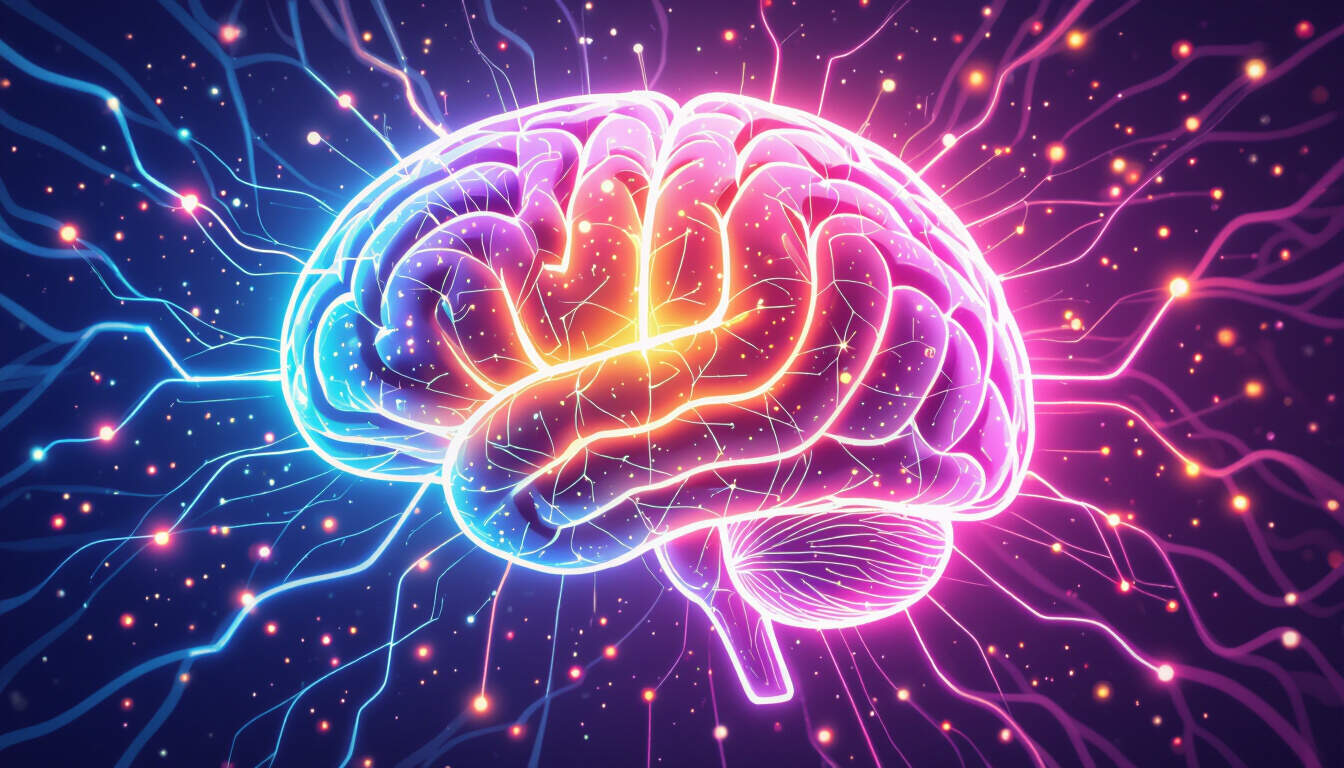Boosting Productivity with Neuroplasticity Training
 by Lilian Nienow
by Lilian Nienow
Neuroplasticity training reshapes the brain to improve focus and efficiency. This approach draws from research to offer practical strategies for professionals and students. Learn how simple exercises can enhance cognitive abilities and daily performance.

Neuroplasticity training involves techniques that help the brain adapt and form new connections, leading to better efficiency in daily tasks. This method relies on consistent practice to build cognitive skills.
What is Neuroplasticity?
The brain has a remarkable ability to change through experience and learning. Neuroplasticity refers to this flexibility, allowing neural pathways to strengthen or weaken based on activity. For instance, regular mental exercises can improve memory and attention, which are key for productivity.
Research shows that repeated actions create lasting changes in the brain. Studies from institutions like Harvard highlight how this process supports skill development. By engaging in targeted activities, individuals can enhance their focus and problem-solving abilities.
Science Behind the Approach
Evidence from cognitive science indicates that training can alter brain structure. For example, MRI scans reveal increased gray matter in areas related to learning after consistent practice. This supports the idea that daily routines can lead to measurable improvements in mental performance.
One study published in a psychology journal found that participants who practiced mindfulness techniques showed better concentration over time. These findings suggest that incorporating such methods into routines can reduce distractions and boost output for busy individuals.
Practical Strategies for Everyday Use
To apply neuroplasticity training, start with simple habits. First, dedicate time each day to focused activities like reading or puzzles. This helps build mental resilience and supports long-term efficiency.
Consider creating a routine that includes physical exercise, as it promotes blood flow to the brain and aids in forming new connections. For students, combining study sessions with short breaks can prevent fatigue and maintain high levels of productivity.
Here are some effective tips:
- Practice mindfulness for 10 minutes daily to sharpen attention.
- Use spaced repetition for learning new information, reinforcing memory retention.
- Engage in creative tasks to stimulate different brain regions and encourage innovation.
These strategies draw from research showing that varied activities lead to broader cognitive benefits. Over time, they help in managing workloads more effectively.
Benefits for Professionals and Students
For those with demanding schedules, neuroplasticity training offers clear advantages. It can improve decision-making and reduce stress, making it easier to handle multiple responsibilities. Professionals often report higher job satisfaction after implementing these techniques.
Students benefit by achieving better academic results through enhanced retention and comprehension. By fostering a growth mindset, this training encourages continuous improvement and adaptability in challenging environments.
In one case, employees in a corporate setting used these methods to increase their output by 20%. The key is consistency, as changes in the brain occur gradually with regular effort.
Implementing Training in Daily Life
Begin with small, achievable goals to avoid overwhelm. Track progress over weeks to see improvements in focus and efficiency. Tools like journals can help monitor changes and adjust strategies as needed.
Remember that rest is crucial; adequate sleep allows the brain to consolidate new connections. Balancing activity with recovery ensures sustainable gains in productivity.
By integrating these practices, individuals can transform their approach to work and learning. The results include not just better performance, but also greater overall well-being.
In summary, neuroplasticity training provides a solid foundation for enhancing daily efficiency. With commitment, it becomes a valuable tool for achieving personal and professional goals.
